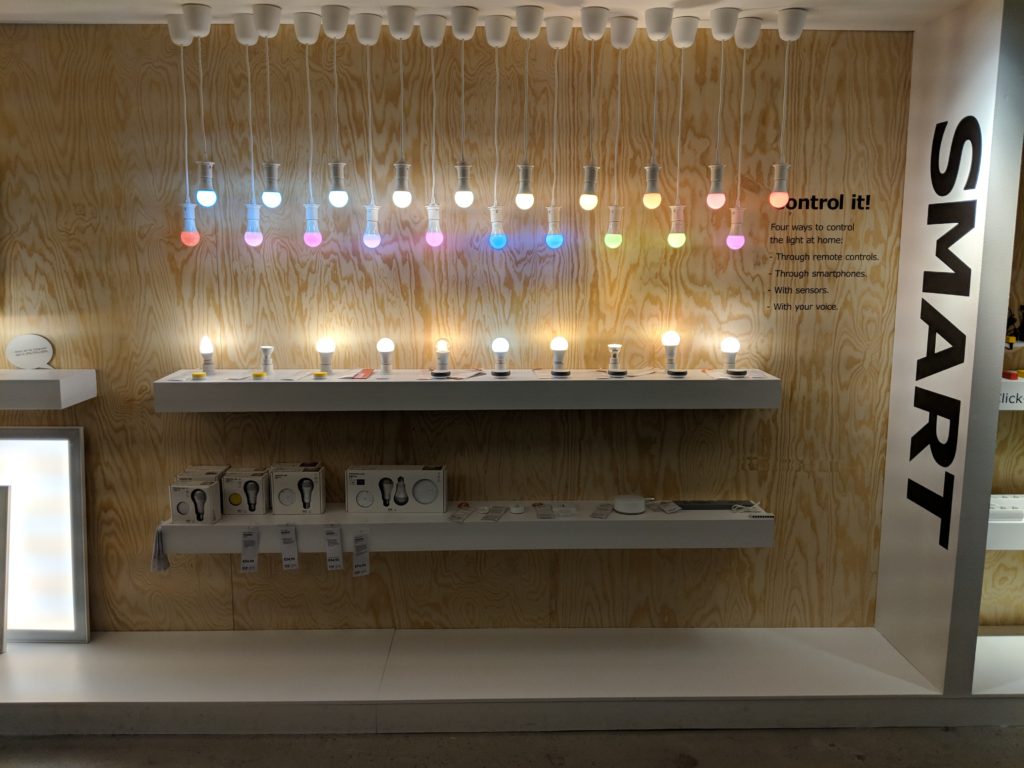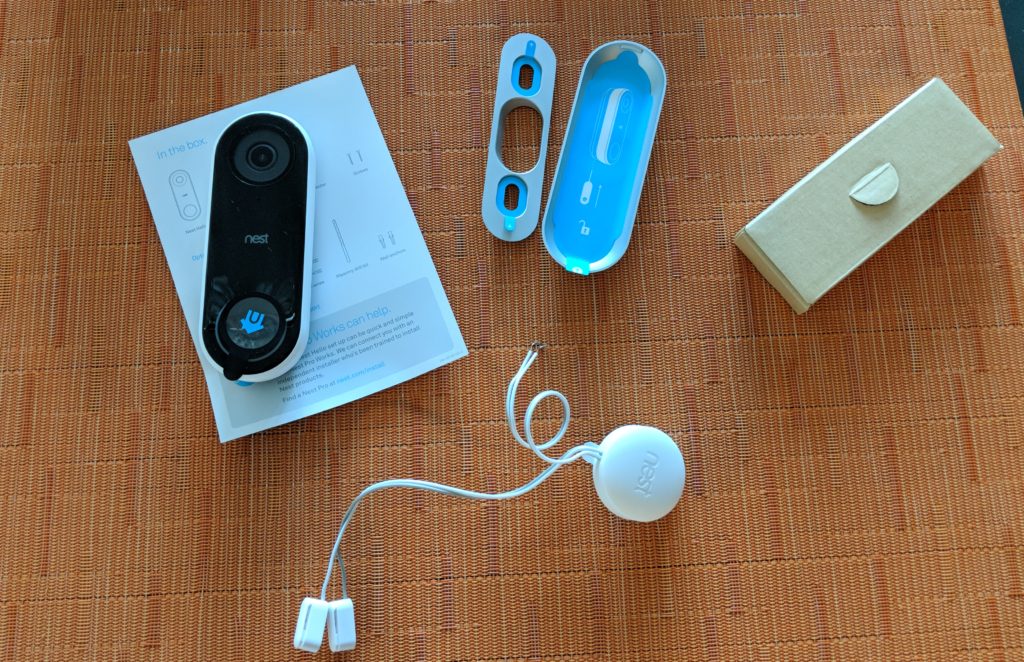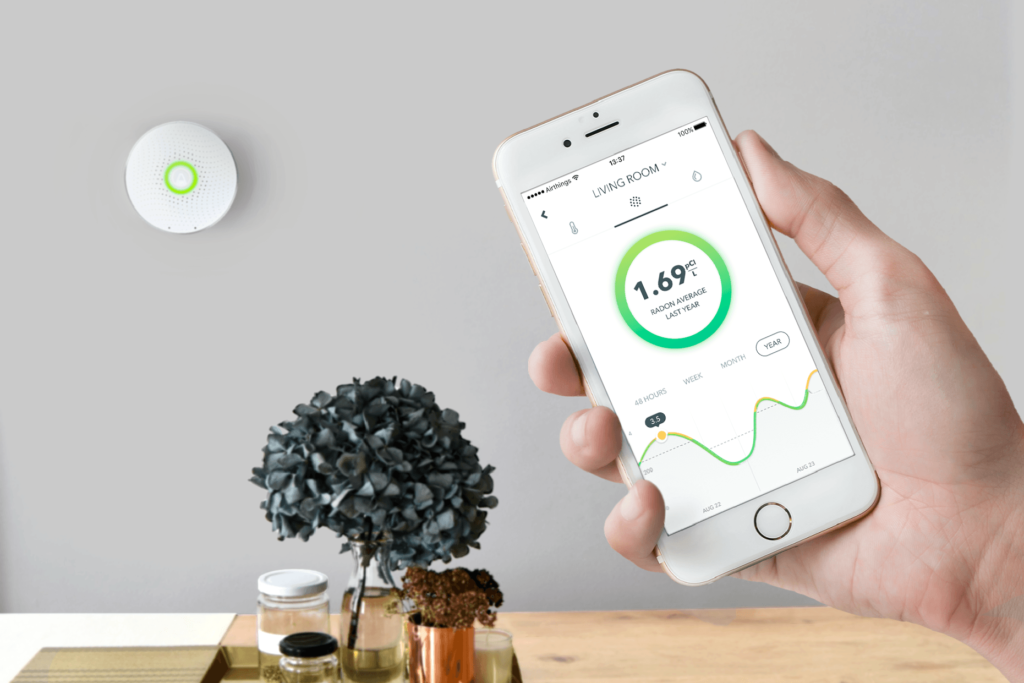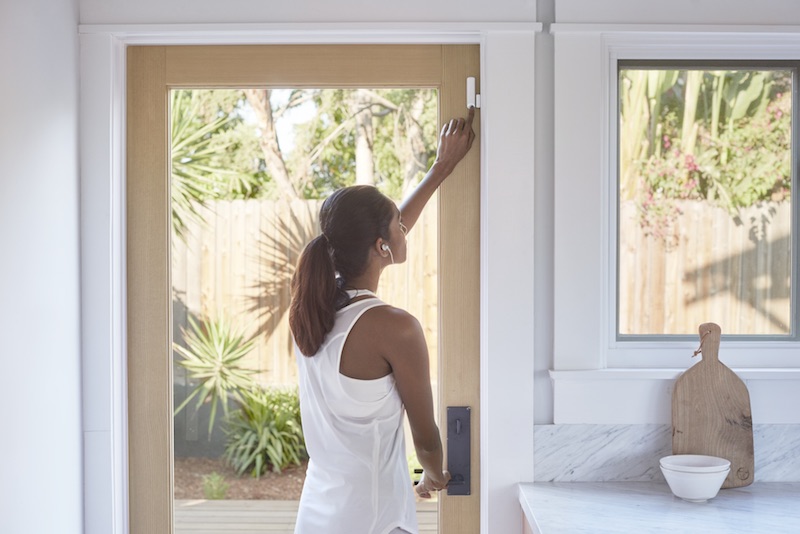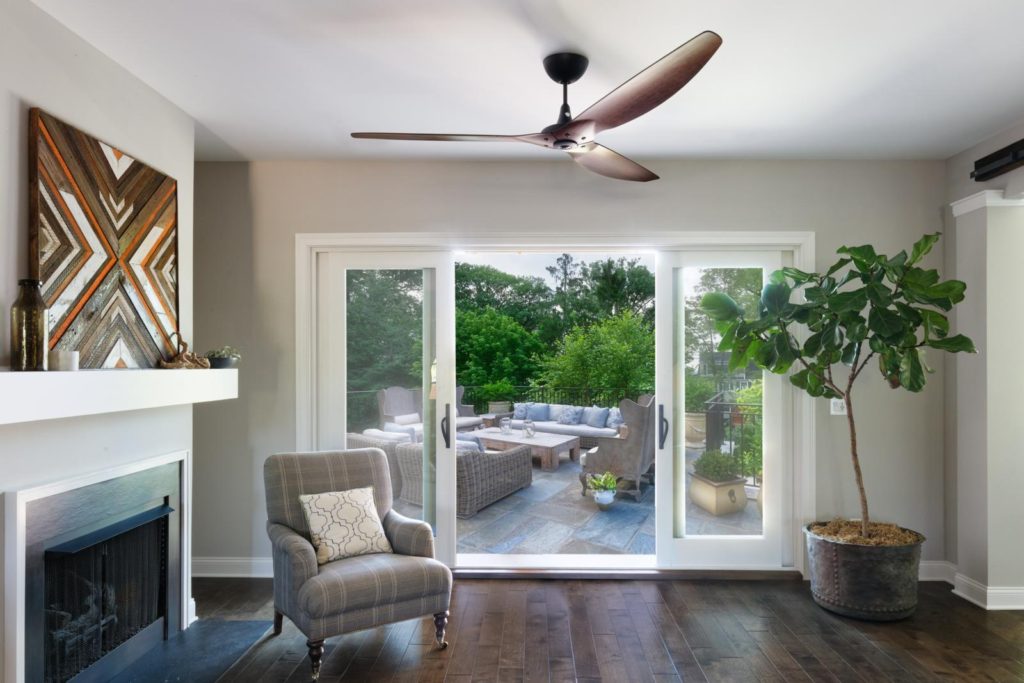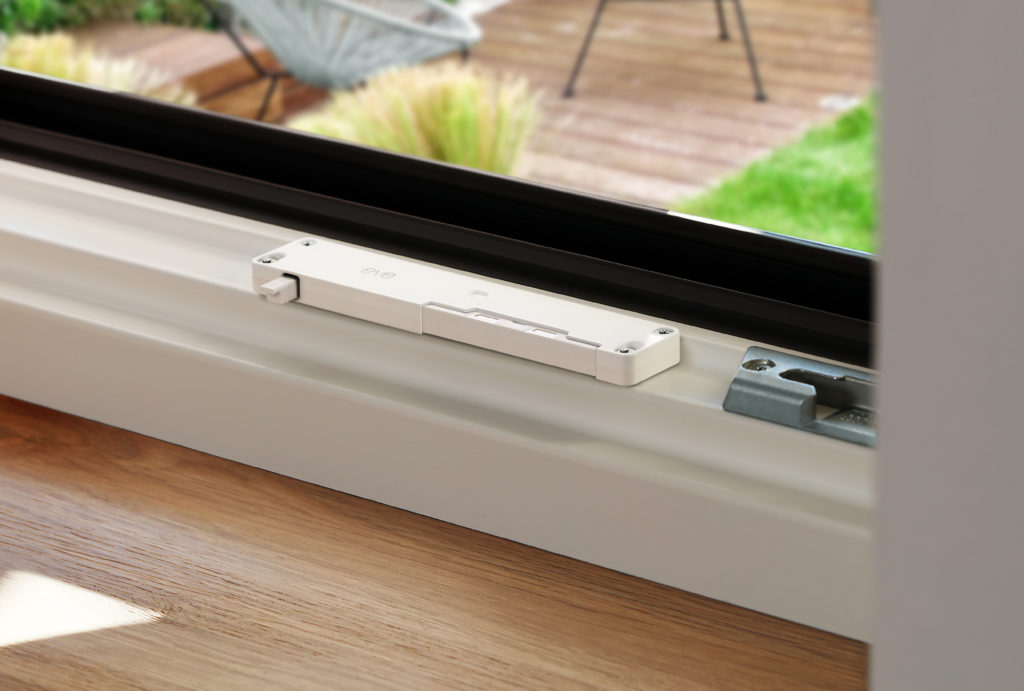This week I’m in Helsinki learning a lot about Finnish IoT. I’ll write about it more in the newsletter, but in the meantime, Kevin and I discussed where Siri and HomeKit fit in with Apple’s services strategy, new funding for CyberX and several reasons that industrial IoT security is becoming such a critical issue. Plume launched a new security service for the smart home, and I’m still not sure I need these services. Plus, low-power chips from Atmosic, UPS is testing drones for medical payloads, Google’s testing robots, and the NYPD is testing crime pattern recognition. After all of that, we answer a question about linking smart blinds with Alexa.
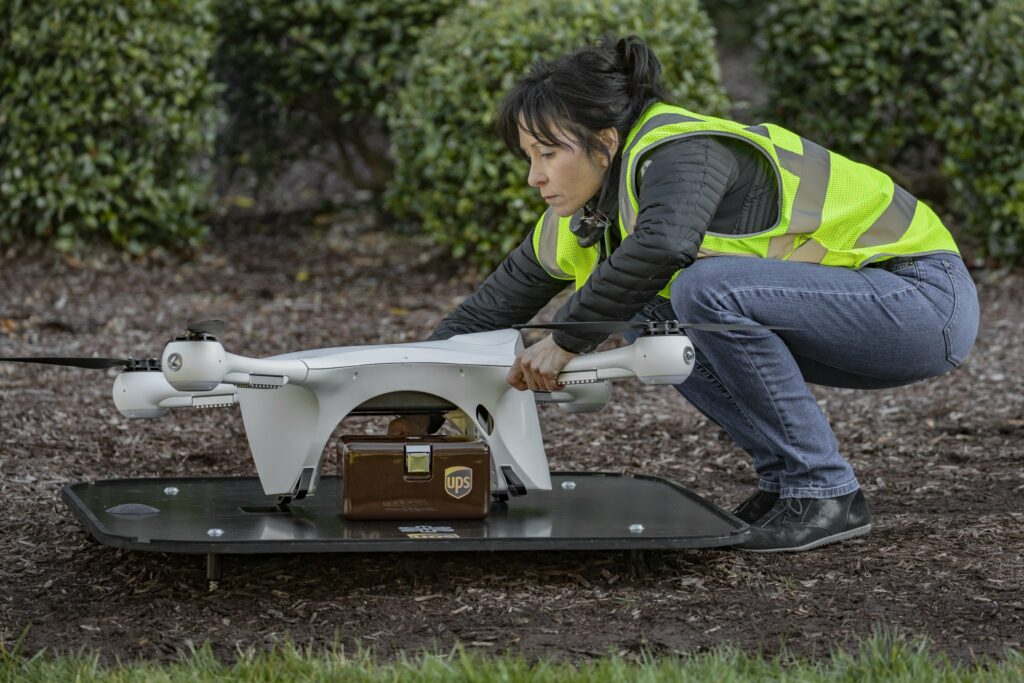
Our guest this week is Eve Maler, VP of innovation and emerging technology at ForgeRock. She is returning to the show to discuss how to handle the exploding number of passwords and to explain how new FIDO standards will help on the browser side. She also offers a bit of hope for the device side in the long and medium term. Come for the tips and stay for the deep dive into identity and authentication.
Hosts: Stacey Higginbotham and Kevin Tofel
Guest: Eve Maler, VP of innovation and emerging technology at ForgeRock
Sponsors: Afero and IoT World
- Where is Siri in the new Apple?
- Why hacking industrial systems is so fruitful
- Airborne kidneys and more
- Your password nightmare is almost over … on browsers
- Why graph databases matter for IoT identity
Podcast: Play in new window | Download | Embed
Subscribe: RSS

